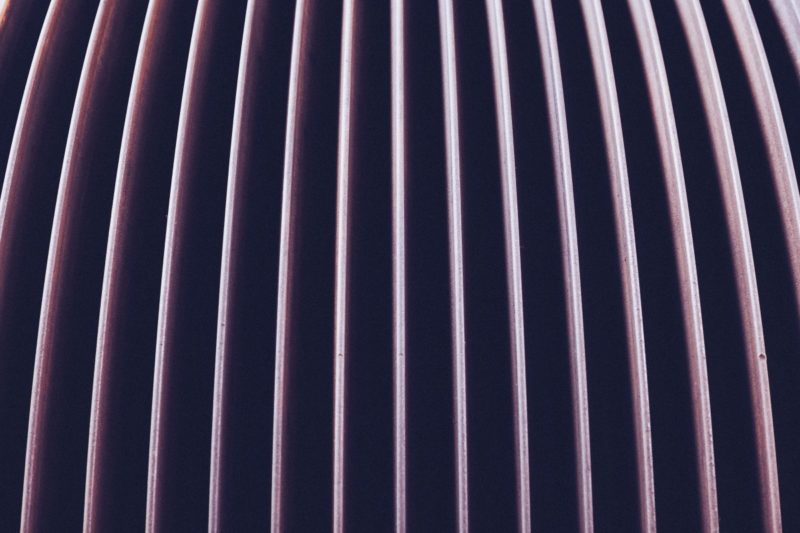Are you wondering how to clean Rinnai tankless water heater? Cleaning the tankless water heater required a few steps; that you’ll learn as you further delved into this article. The minimal danger of corrosion is one of several advantages of tankless water heaters.
Tankless water heaters have a lesser threat of corrosion since they don’t have a tank to collect the water. They’re more long-lasting and easier to maintain than standard tank systems.
Despite the reduced danger of corrosion, water may eventually cause mineral accumulation. The accumulation inside the tankless water heater’s heating chamber may ultimately damage the walls. You must clean and remove mineral deposits from the tankless water heater once in a while to keep it in excellent working order. Once a year should suffice, depending on the hardness of the local water and the Rinnai tankless water heater you’re running. Let’s get started!
Steps To Clean Your Rinnai Tankless Water Heater
Although tankless water heaters are relatively simple to operate, it is recommended that you follow the cleaning instructions. Because we’re still dealing with a piece of equipment, no flaws will be tolerated during the cleaning procedure. Here are the steps on how to clean Rinnai tankless water heater:
Step #1. Disconnecting the power supply
The first step to understanding; how to clean the Rinnai water heater is disconnecting the main power supply. Turn off the circuit breaker if you’re working with an electrical model. You just turn off the main gas if you’re using a gas-fired device. Valve caps for the purge port should be addressed.
Step #2. Examine the purge valves
Examine the purge valves, which may have little handles that resemble the symbol “T.” To release the pressure built up within the pipes, carefully remove the covers from the purge valves. This technique also reduces the chance of hot water bursting out unexpectedly during cleaning. As you pull the purge port valve lids, expect some pressure. The heated water valve should be completely shut off once more. Hold the caps as carefully as possible to avoid moving the rubbery seal discs. They’re required for the valves to function correctly.
Step #3. Turn off all of the water faucets
The three water valves attached to your Rinnai machine are discussed. While cleaning, you don’t want cold water to enter the water heater. Furthermore, you do not need the heated water to escape. There seem to be three different valves: one red color valve for hot water, blue for cold water (usually blue), and the third is the main valve that supplies water to the home. Click on this link to know how to turn off water heater.
Step #4. Connect each valve to the hosing line
The hosing lines aren’t often included with the system; however, they’re simple to get by water heater stores. The hosing lines must stretch from a bucket to the water heater. Flushing instructions can be found in the user guide. A sump pump may be used to attach the hoses with the output. It’s excellent to clean both the hot and cold water valves. It’s a simple procedure, and all you have to do is rotate them opposite to the location of the hot and cold valves.
Step #5. Pour the vinegar
If the water heater does not heat water for drinking, you may only use chemical remedies. However, when cleaning the water heater, you must use undiluted white vinegar. Water in the amount of four gallons should suffice. Chemical solutions should never be used, even though they are incredibly hazardous.
Step #6. Review the user guide
Go to the user handbook for the cleaning and draining operation. Because Rinnai tankless water heaters are distinct, they may have various flushing and cleaning needs. Cleaning must take no more than 45 minutes on average. Once the flushing is complete, the purge port valves must be closed by twisting the handles. Remember that every hosing line must be disconnected and moved far away to the controls. Replacing the purge port valve covers on the pipes is also a good idea. Tighten the caps tightly but not to the point of overtightening. However, you must avoid damaging the silicone seal discs found within the lids.
Step #7. Turn the machine back on
You’ll need to double-check the manufacturer’s handbook for detailed guidance on correctly re-start the tankless water heater. The cold and hot water valves may just need to be rotated and opened in most cases. They should be in line with the location of the primary valve. You may also want to read about how to turn on water heater.
Step #8. Clean the heater
Choose a sink tap within your house and slowly turn on the hot water. You would like the air to flow freely via the pipeline. Allow it to run till there is no longer any air out. A slight sputtering noise indicates all is present in working order. It will take a few minutes for all air spaces to be released.
It’s A Wrap!
We hope that reading this article is just fun for you, and after reading it, you’ll understand how to clean Rinnai tankless water heater. Above, we’ve discussed 8 simple steps that help you clean the tankless heater; cleaning a tankless water heater is quite tricky, so you must know all these steps to clean it. Well, thank you, friends, for being with us at the end! Here’s a water heater checklist.

